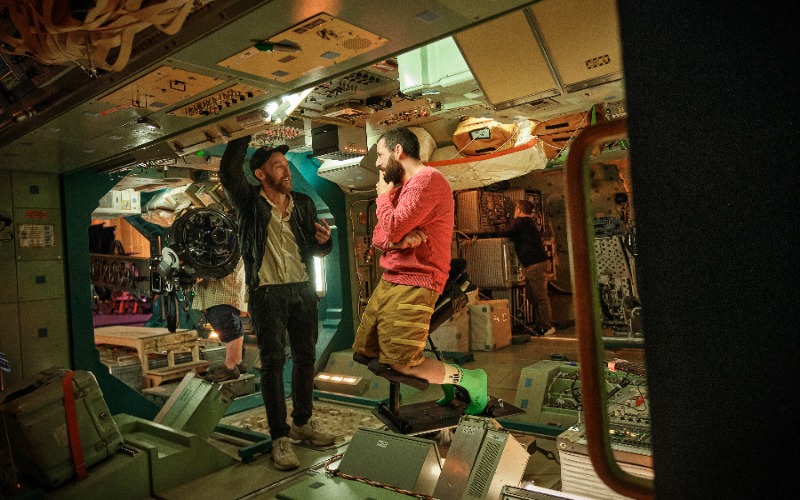
In the new sci-fi Netflix film Spaceman, which will be available Mar. 1, Director Johan Renck takes the audience on an exploration of solitude, love, and the mysteries of our solar system.
As Jakub, played by Adam Sandler, embarks on a research mission completely alone, the film captures his failing connection with his wife, Lenka (Carey Mulligan), and the true meaning of life. While on the spaceship, Jakub finds a new friend with Hanuš, a mysterious creature voiced by Paul Dano, with origins from the beginning of time.
In this exclusive interview with Director Johan Renck, we explore his inspiration for taking on the directorial role, his creative process in crafting the space environment, and the challenges and triumphs he faced in bringing the intricate relationships and cutting-edge tech of Spaceman to life on the big screen.
Innovation & Tech Today: What inspired you to take on the directorial role of Spaceman? What was that process like?
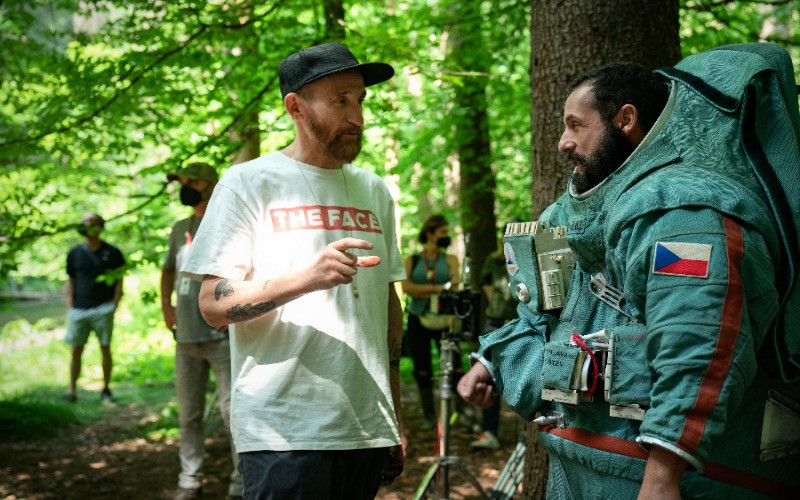
Johan Renck: I stumbled on the very first rudimentary draft of the script sent to me from my producing partner. And it was undeniable for me to do this because it was a great story.
So, I read the script and read the book. It was an important story and one that I related to so much. It exemplifies how we deal with our sort of desires and callings and the sacrifices we make to some extent.
It also showed egoism and our sort of self-centeredness that can come in the way at the cost of our relationships- our friends and our love lives. I’ve lived that life. To some extent, it was a personal thing.
Also, the film was such a unique project, such a different animal. It’s like something you’ve never seen before. I’m always intrigued by doing things that I’ve never done before. I’ve never done zero gravity and never had one of the characters being CGI.
I&T Today: How did you tackle creating a space environment?
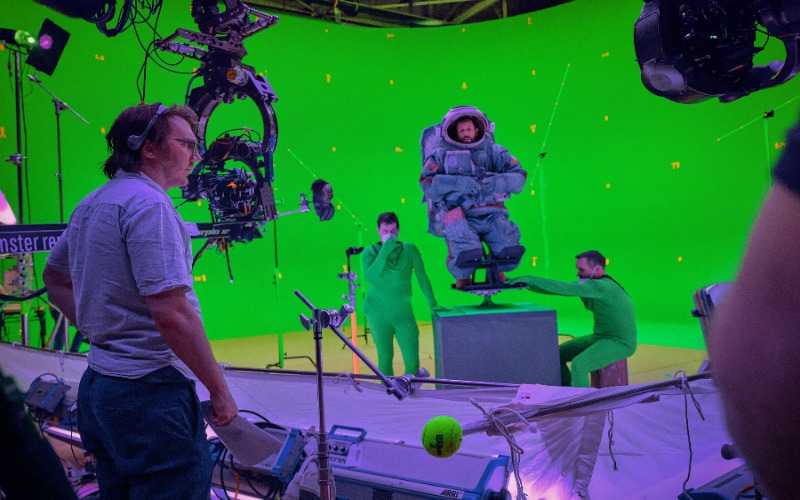
Renck: We used every trick in the book to accomplish the space environment. We had Adam (Sandler) hanging from wires or on different types of rigs. So, my theory with that was to help make Jakub’s isolated supergravity existence immersive. It’s tough, very tough on the actor. It’s painful to hang on to those things.
The most important thing was understanding how shooting in zero gravity is. We had to make our camera map in zero gravity. The movie was shot from cameras with a 360-degree head on it so that the camera moves around its axis and is also moving up and down and to the sides so that it feels like the person holding the camera is not in full control because of zero gravity.
I&T Today: Jakub’s relationship with Hanuš is a central aspect of the story. How did you bring this friendship to life on screen?
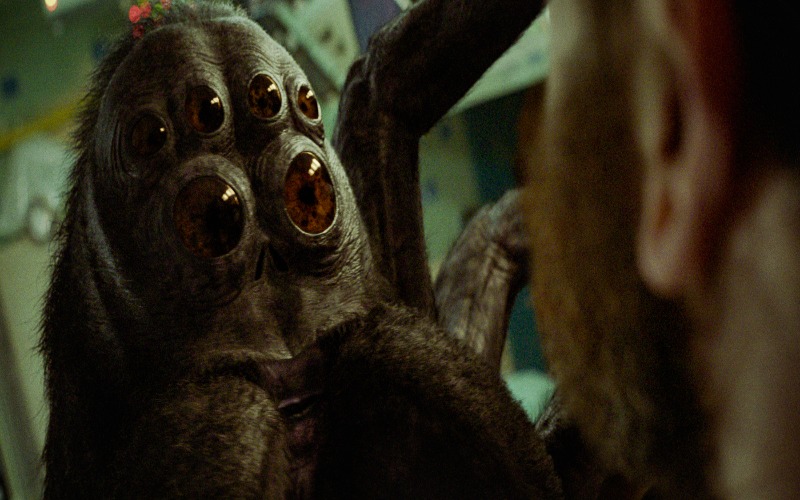
Renck: It’s a tremendously intriguing thing to create this character. Hanuš, a creature from the beginning of time, should be scary but disgusting and pathetic but cute, all at the same time. He has the wisdom of eons and so forth.
But at the same time, there is innocence because he’s not corrupted by our human, primitive desires, needs, and wants. I worked with concept artist Carlos to try to bring in the book. The book is way more impressionist. It’s way more dreamy.
So I worked with Carlos, a brilliant artist and a brilliant human being, and tried to figure out the balance. How do we make him not too cartoony, not too goofy, not too cute, not too scary? It was a very long process, but it was really fun.
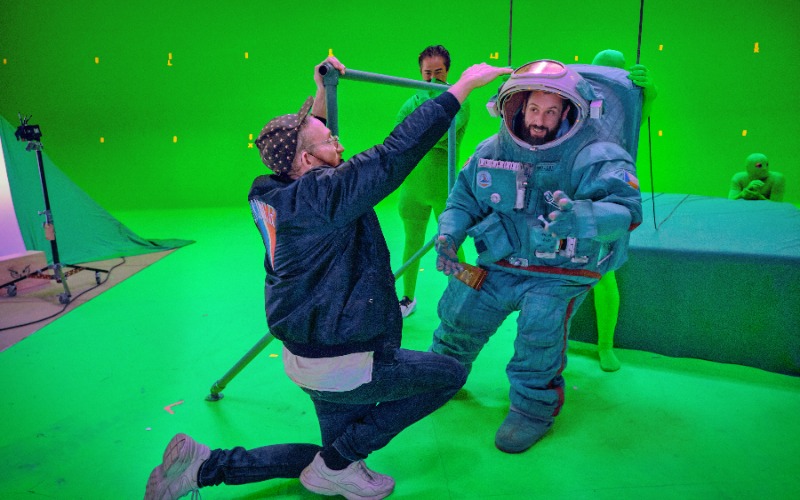
The hard part of it all is with Adam, who has to act the whole movie convincingly and passionately against a tennis ball. That’s all it is. Somebody is sort of around the corner reading the lines of Hanuš. When I look at this movie now, I see Adam’s deep involvement. His performance, when it comes to that, is quite mind-blowing.
I&T Today: How did you approach the visual representation of realistic technology in the film?
Renck: I hate the idea of the future being sleek, polished, and that type of sci-fi. I just can’t stand it. I don’t like it at all.
I wanted this spaceship to be a claustrophobic, chaotic form of function. Also, if you’re on a solar mission, it’s kind of important that you have everything right in front of you. If something breaks down, you’ll need to find that wire or trace it immediately. You can’t have it behind panels or hidden in the walls. I didn’t want it to feel like a film to the audience.
I&T Today: What challenges did you face in your directional role?
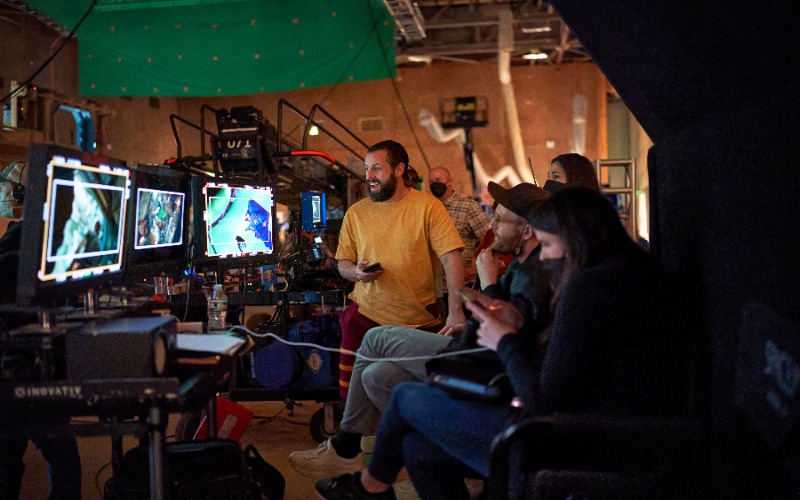
Renck: Anybody can make a movie. It’s really difficult to make a good movie. I’m still trying to figure that out. You learn to trust your instincts in terms of having a handle on what you do because you have to keep so much in your head all the time. You have to understand everything.
I shot Adam’s side, and 34 months later, I’m dealing with Hanuš’s side and the CGI and the animation of his personality and his performance, and keeping that in my head over those volumes of times was something, to be honest. That was a challenge.
I&T Today: How has this role shaped your view on the importance of tech in human discovery?
Renck: I love technology. I love science. This film is, to some extent, a science fiction. So, we had to invent technology that did not exist. Within our research, this technology will probably exist at some point.
The whole film we spent discussing this kind of stuff because nothing is manifested in the film. But for me, it’s so important that tech works. We can’t be lazy and sloppy about that kind of stuff. It has to be airtight.











